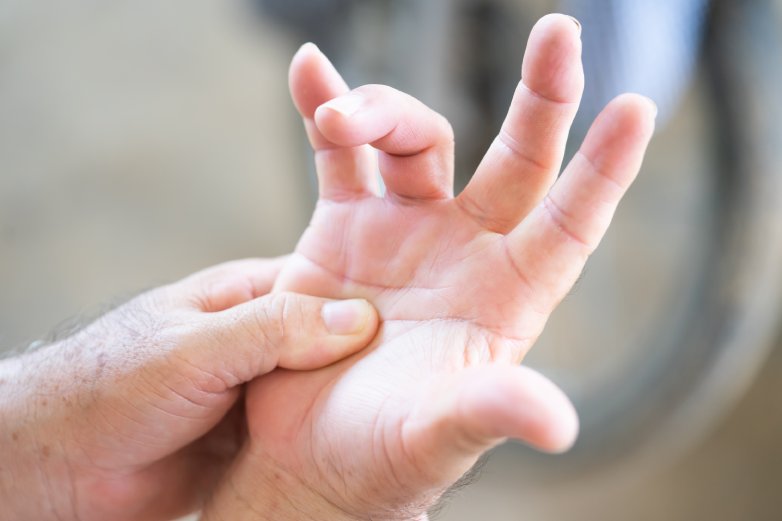Trigger Fingers
When patients from in and around the Austin, Texas area are suffering with the pain of trigger finger, they can turn to ATX Orthopedics. Here, at the practice in Central Austin, Dr. Benjamin Amis can help alleviate the tension using treatments such as injections and surgery.
Trigger finger Q&A
What is trigger finger?
Stenosing tenosynovitis is a medical condition which is commonly referred to as trigger finger. It is occasionally also referred to as trigger thumb. The tendons which control bending the fingers glide across each other with the help of pulleys. These pulleys secure the tendons near to the bone, similar to how a line is secured on a fishing pole. Trigger finger occurs when the pulley, or the tunnel where the tendons move, becomes overly thick, keeping the tendon from moving easily through it.
What causes trigger finger?
Trigger fingers are more frequent with specific medical conditions including rheumatoid arthritis, or RA, gout arthritis, and diabetes. Recurring and strong gripping motions can also lead to the condition. In most instances, the cause of the trigger finger is not expressly known.
What are the symptoms?
Trigger finger can typically begin with pain felt at the base of the fore finger or thumb, where the finger joins to the palm and bends. This region is frequently susceptible to pressure. Patients may feel a lump in the area as well. Additional symptoms can include:
- Pain
- Popping noise
- Catching sensation
- Reduced finger movement
What are the treatments?
The goal of treatment will be to eliminate the inflammation and the catching or locking sensation. This can return unhindered, pain-free movement of the finger or thumb. Frequently used treatments include, but are not limited to:
- Night splints
- Anti-inflammatory drugs
- Alterations of physical activity
- Steroid injections
If non-surgical remedies do not alleviate the symptoms, hand surgery is likely to be suggested. The aim of this hand surgery is to create more space in the pulley system at the base of the finger to enable the tendon to glide more easily. The clicking or popping will typically go away first. Finger motion can come back quickly, but there may be some stiffness. In some cases, physical therapy is needed following surgery.

